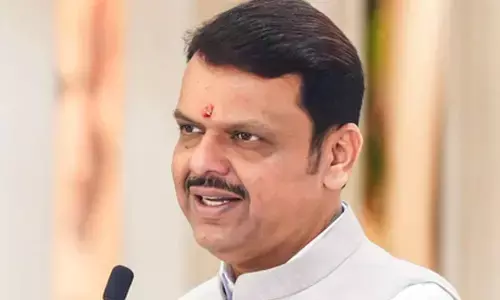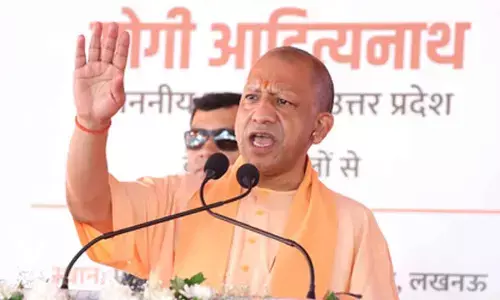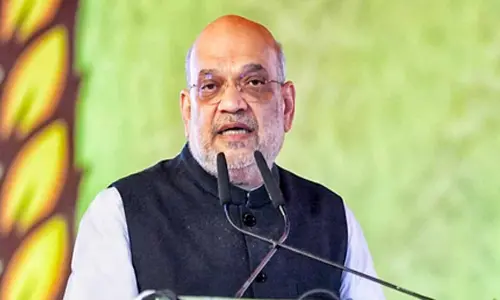India will clock 12.5% growth in 2021: International Monetary Fund

Gita Gopinath IMF Chief Economist
The projections for 2021 and 2022 are 0.8 percentage point and 0.2 percentage point higher than the October 2020 estimates
Washington: THE IMF on Tuesday projected an impressive 12.5 per cent growth rate for India in 2021, stronger than that of China, the only major economy to have a positive growth rate last year during the Covid-19 pandemic. The Washington-based global financial institution, in its annual World Economic Outlook ahead of the annual Spring meeting with the World Bank, said the Indian economy is expected to grow by 6.9 per cent in 2022.
Notably in 2020, India's economy contracted by a record eight per cent, the International Monetary Fund (IMF) said as it projected an impressive 12.5 per cent growth rate for the country in 2021. China, on the other hand, which was the only major economy to have a positive growth rate of 2.3 per cent in 2020, is expected to grow by 8.6 per cent in 2021 and 5.6 per cent in 2022. Chief Economist at IMF Gita Gopinath said: "We are now projecting a stronger recovery in 2021 and 2022 for the global economy compared to our previous forecast, with growth projected to be 6 per cent in 2021 and 4.4 per cent in 2022".
In 2020, the global economy contracted by 3.3 per cent. "Nonetheless, the outlook presents daunting challenges related to divergences in the speed of recovery both across and within countries and the potential for persistent economic damage from the crisis," she said in her foreword to the report. According to the report, after an estimated contraction of –3.3 per cent in 2020, the global economy is projected to grow at 6 per cent in 2021, moderating to 4.4 per cent in 2022. The contraction for 2020 is 1.1 percentage points smaller than projected in the October 2020 World Economic Outlook (WEO), reflecting the higher-than-expected growth outturns in the second half of the year for most regions after lockdowns were eased and as economies adapted to new ways of working.
The projections for 2021 and 2022 are 0.8 percentage point and 0.2 percentage point stronger than in the October 2020 WEO, reflecting additional fiscal support in a few large economies and the anticipated vaccine-powered recovery in the second half of the year, the report said. Global growth is expected to moderate to 3.3 per cent over the medium term, reflecting projected damage to supply potential and forces that predate the pandemic, including aging-related slower labour force growth in advanced economies and some emerging market economies. In a blog post, Gopinath said the pandemic is yet to be defeated and virus cases are accelerating in many countries. Recoveries are also diverging dangerously across and within countries, as economies with slower vaccine rollout, more limited policy support, and more reliant on tourism do less well, she said.
Gopinath said policymakers will need to continue supporting their economies while dealing with more limited policy space and higher debt levels than prior to the pandemic. This requires better targeted measures to leave space for prolonged support if needed. With multi-speed recoveries, a tailored approach is necessary, with policies well-calibrated to the stage of the pandemic, the strength of the economic recovery, and the structural characteristics of individual countries, she said. "Right now, the emphasis should be on escaping the health crisis by prioritising health care spending, on vaccinations, treatments, and health care infrastructure. Fiscal support should be well targeted to affected households and firms. "Monetary policy should remain accommodative (where inflation is well behaved), while proactively addressing financial stability risks using macroprudential tools," she said.
Policymakers will need to continue supporting their economies while dealing with more limited policy space and higher debt levels than prior to the pandemic. This requires better targeted measures to leave space for prolonged support if needed.
— Gita Gopinath














